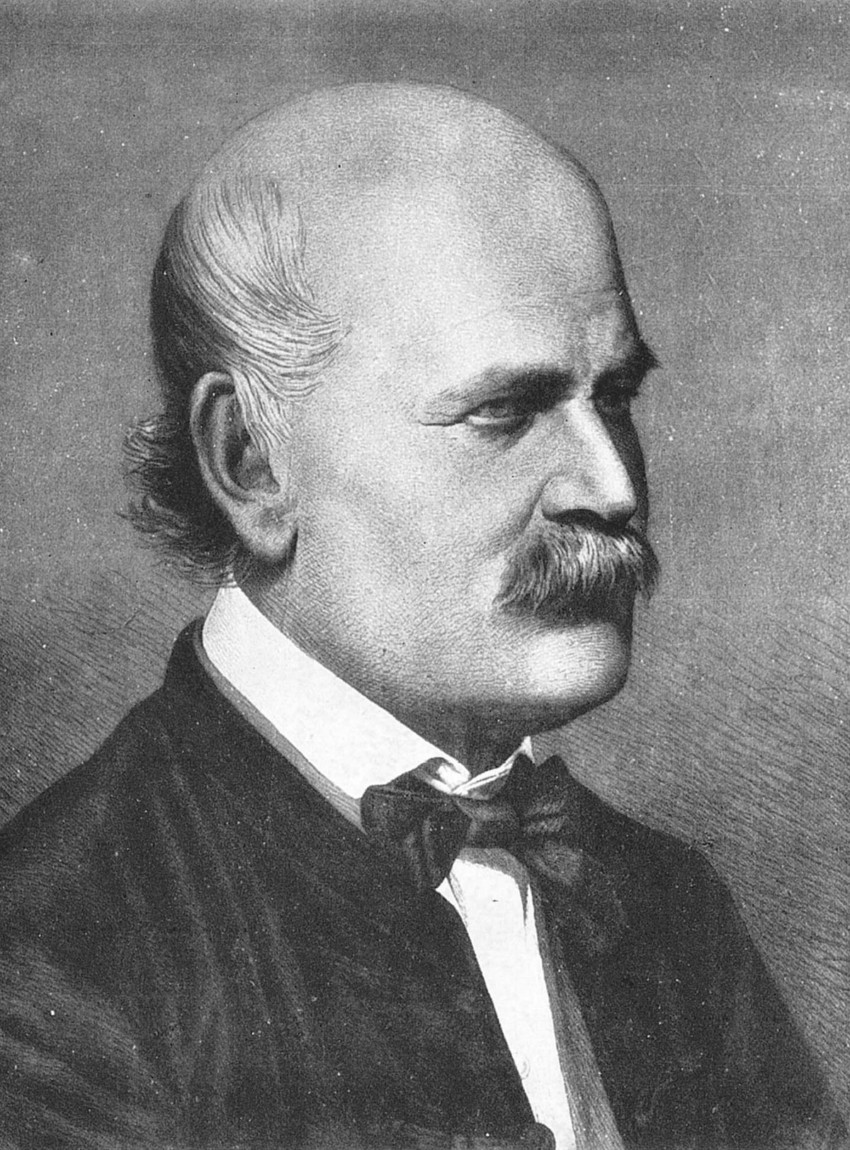Handwashing: Semmelweis Was a Doctor Ahead of His Time

The Handwashing Pioneer Faced Derision for his Hygiene ideas in 1847
Hospitals in the 1800s were nightmares…places, where doctors didn’t wash their hands and disease, was rampant.
I read an account about a doctor named Ignaz Semmelweis in the WSJ yesterday that described his decades-long fight to promote simple hygiene, by washing hands.
Some of the stark statistics show what a kettle was brewing in these hospitals. In the 1840s the Hungarian physician began working in the maternity ward of Vienna’s General Hospital.
When women giving birth would have vaginal tears, bacteria from the operating male doctors would get inside the women causing disease.
But there was a second ward, with identical facilities in Vienna, that unlike the clinic staffed by male medical students, had female midwives instead. You can guess what happened.
The medical student’s ward had three times the mortality rate, but it took another doctor cutting his hand and becoming ill for Semmelweis to notice that he contracted that same disease–puerperal fever–as the women delivering babies.
At that time doctors didn’t wear gloves while dissecting cadavers and didn’t wash their hands afterward. It turned out that doing autopsies with the same unwashed hands as used to deliver babies was deadly.
But Ignaz did not meet with acceptance in his 1861 book, and nobody would be able to figure out how to cure puerperal fever for decades. He got negative reviews, and he lashed out at his critics, calling their hands “murderers.”
Sadly, the handwashing pioneer fell victim to Alzheimers disease or syphilis and after being lured to a Vienna insane asylum, he was beaten, put into a straitjacket and confined to a dark cell where he died two weeks later.
He died from a wound in his hand that became infected. Google honored the pioneering doctor with a doodle recently, that opens up into an instructional page about handwashing.
